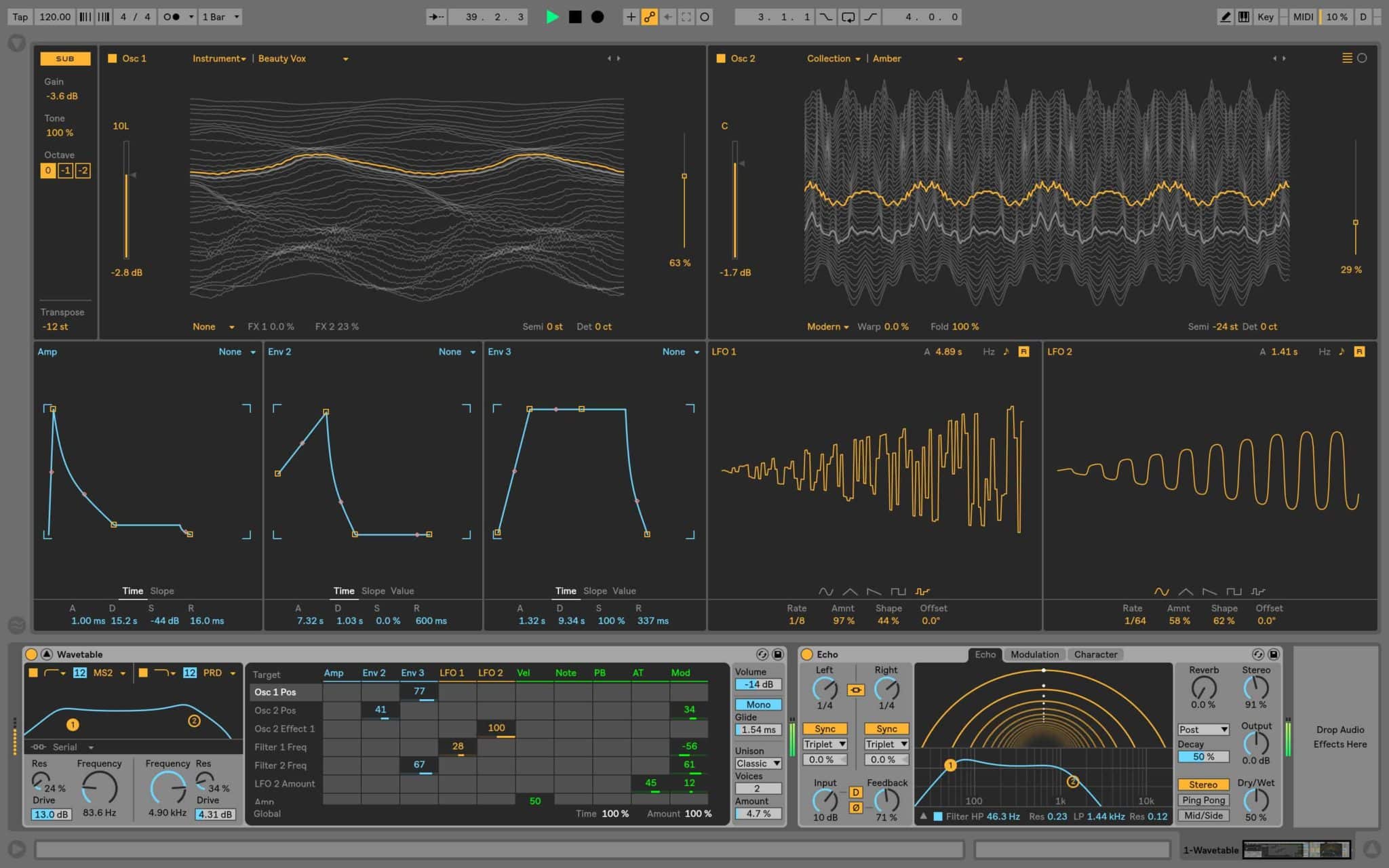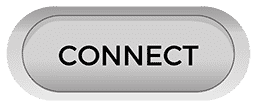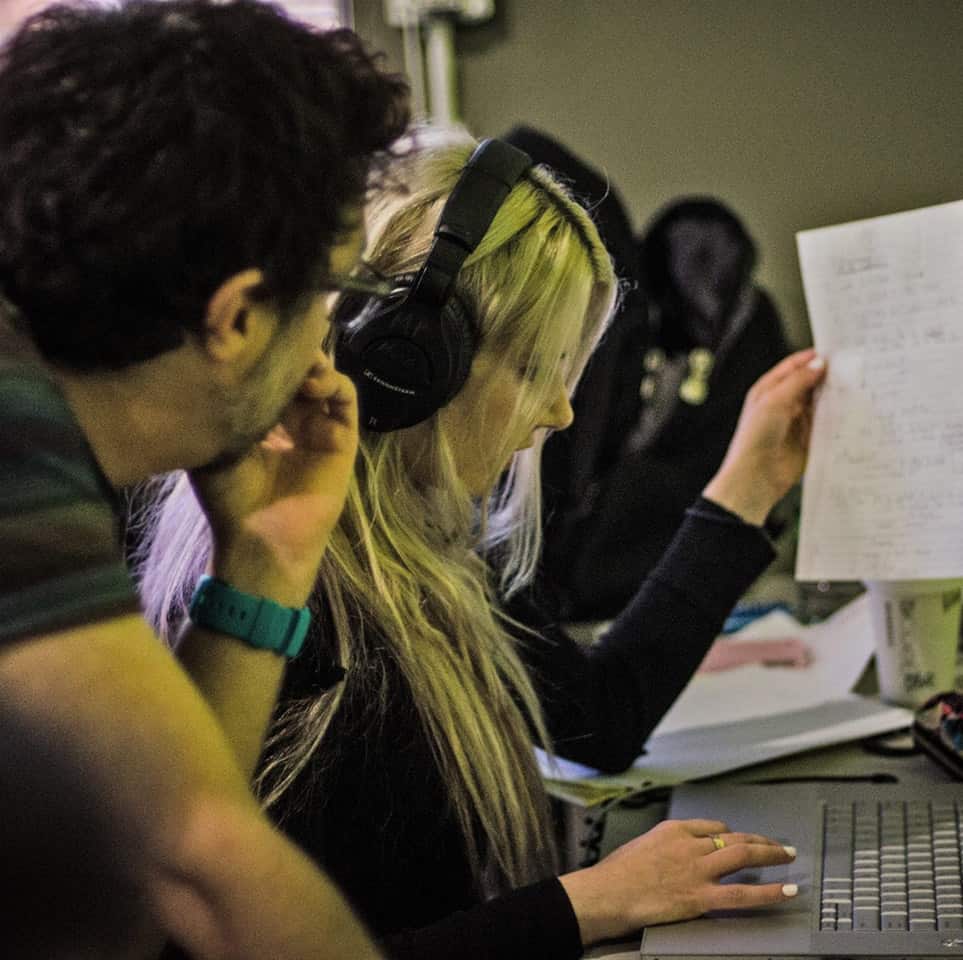Sound Design & Synthesis in Ableton Live – Create the Sounds in Your Head
If you’re ready to take a major step toward producing the kind of top-tier electronic music you love, our Sound Design & Synthesis in Ableton Live course is your launchpad. Pulled from our flagship Ableton Producer Program, this 36-hour course is packed with practical tools and deep creative insight to help you move beyond presets and unfinished loops—and finally bring your ideas to life.
Still flicking through presets hoping to land on something “good enough”? Got half-finished loops stuck on your hard drive? Whether you’re a beginner stuck at the sound design stage or an experienced producer ready to go deeper, this course will give you the techniques, structure, and momentum to break through.
You’ll learn how to:
- Build your own unique sounds from scratch
- Design basses, leads, pads, drums, and FX that fit your style
- Structure and evolve a track as your sound design develops
- Understand the “why” behind synthesis, not just the “how”
- Finish a production you’re proud of—ready for mixdown
All classes are live and interactive, either in-person or online, with the chance to ask questions and get feedback the moment inspiration—or confusion—strikes. That’s why many of our students say there’s no substitute for real-time, in-person learning.
Our instructors are electronic music pros and Ableton power users, not just teachers. They’ll share the workflow tips, tricks, and sound design strategies they’ve developed over years in the scene, helping you bridge the gap between idea and execution.
This course is also perfect for DJs ready to take the leap into production. You already know how to move a crowd—now it’s time to start playing your own music. Even if you don’t play a traditional instrument, you’ll leave this course with the knowledge and confidence to produce music that stands out—and gets noticed.
By the end of the course, if you’ve put in the work between sessions, your track should be complete—and ready to mix.



